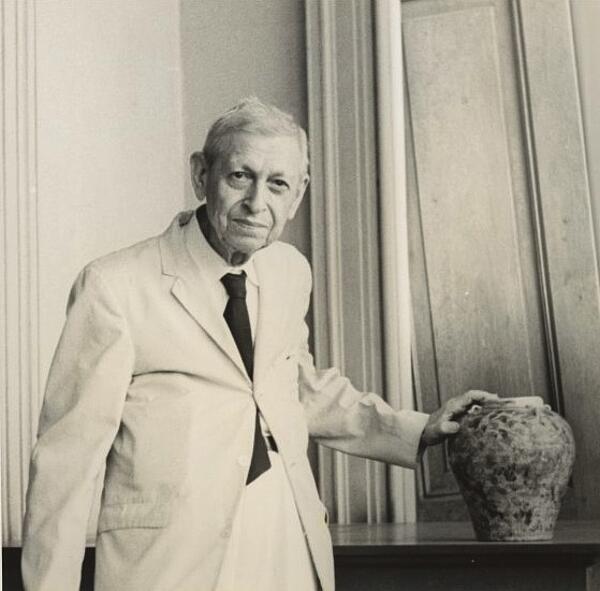Wave migration theory - Philippines
The Wave Migration Theory is arguably the most widely known of the prehistoric theories of population development in the Philippines.
Created by Henry Otley Beyer, founder of the Anthropology Department of the University of the Philippines, the theory draws on his expertise of the history of the archipelago and has gone on to influence the theories of a new generation of anthropologists. As a result, Beyer is considered by many to be the leader in this field.

Beyer’s popular theory suggests that the ancestors of modern Filipinos traveled to the archipelago in different “waves of migration”. These included the following waves:
- 250,000 years ago - “Dawn Man”, a cave-man type human who was related to Java Man, Peking Man and other Asian Homo erectus specimens, was present in the Philippines.
- 30,000 years ago - The Negritos, an aboriginal group of hunters and gatherers, arrived in the archipelago via land bridges.
- 6,000 years ago - A group from Indonesia capable of travelling across the sea and wielding tools became the first immigrants to reach the Philippines using the ocean.
- 3,000 years ago - The Civilised and seafaring Malays brought Iron Age culture to the Philippines and became the dominant group ahead of the arrival of the Spanish in the pre-colonial period.
The wave migration theory remains a widely discussed and debated theory in Philippine history and anthropology, but it is not without controversy. Some scholars have challenged the theory, pointing out that it is based on limited evidence and that it oversimplifies the complex and dynamic history of the Philippine archipelago. One particular issue is its reliance on the theory of progressive evolution, which suggests that species all innately develop towards a particular goal.
In addition, many have argued that the theory’s suggestion that the original settlers of the lowland regions of the Philippines - and the dominant force behind modern Filipino culture - was the Malays seems unlikely due to the lack of evidence to suggest as much. Meanwhile, modern evidence also suggests that there was no land bridge that would have allowed the Negritos to travel over to the Philippines, and no evidence to support the theory of a “Dawn Man”.
In spite of this, Beyer has arguably gone on to influence a number of theorists, including Willhelm Solheim, and remains a prominent figure in the world of Filipino history and anthropology. Wave migration theory continues to be influential in shaping the way scholars and researchers approach the study of Philippine prehistory. Many researchers continue to use the wave migration model as a framework for their research, but they also incorporate new findings and approaches to better understand the nuances of Philippine history.
MLA Citation/Reference
"Wave migration theory - Philippines". HistoryLearning.com. 2025. Web.
